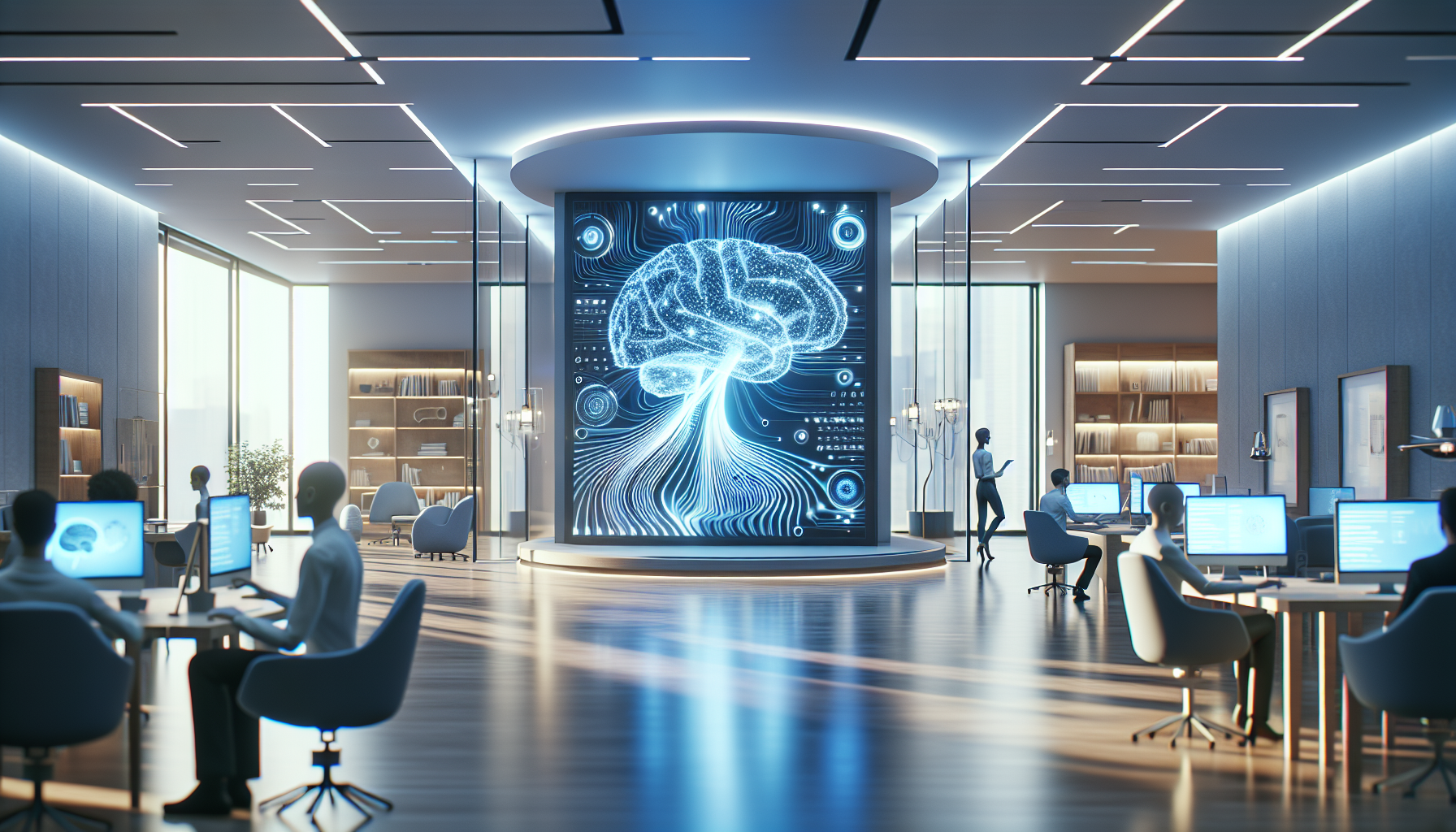
AI and the Canvas of History: How Artificial Intelligence Shapes Art and Creativity
June 14, 2025
Artificial intelligence is not just a technological marvel; it’s a transformative force that’s reshaping the very essence of creativity and art. While some may view AI as a new player in the world of artistic expression, its roots extend deeper into history, offering a fresh perspective on how we think about creativity itself. The story of AI in art is not just about algorithms and data; it's about the evolution of what it means to be creative and how machines and humans together can forge new paths in art.
Historically, the intersection of technology and art has always sparked innovation. From the invention of the printing press to the introduction of photography, each technological leap has broadened the horizons of artistic possibility. Artificial intelligence is the latest chapter in this ongoing narrative. But unlike its predecessors, AI is not just a tool; it’s a collaborator, an entity that, through machine learning and deep neural networks, can analyze, interpret, and create art in ways that challenge our understanding of creativity.
Consider the early days of computer-generated art, when artists and computer scientists began experimenting with algorithms to produce images. These explorations were not mere technical exercises; they were philosophical inquiries into the nature of art. Could a machine truly create something beautiful? The debate has persisted through the years, with AI now capable of producing works that not only mimic human creativity but also introduce entirely new styles and forms.
AI's influence on art is most visible in the realm of visual arts. Programs like DeepArt and RunwayML have enabled artists to blend styles, creating pieces that are visually stunning and conceptually intriguing. These tools have democratized art creation, allowing anyone with a computer to experiment with styles and techniques that were previously the domain of skilled artists. The result is a burgeoning community of digital artists who are pushing the boundaries of what art can be, guided by the algorithms that power their tools.
Moreover, AI is not limited to creating visual art. In music, AI-driven programs can compose symphonies, generate lyrics, and even adapt styles from different eras. The AI composer AIVA, for instance, has been used to create music for films, games, and advertisements. This capability opens up a new world of possibilities for musicians and composers, allowing them to explore new genres and ideas that they might not have considered before.
The role of AI in the art world also raises profound questions about authorship and originality. If a machine creates a piece of art, who is the artist? Is it the programmer, the machine, or the person who directed the machine? These questions are not just academic; they have real implications for how we value and perceive art. In a world where AI can produce art that rivals human creativity, our understanding of what it means to be an artist is evolving.
While skeptics may argue that AI-generated art lacks the emotional depth and soul of human-created works, proponents insist that AI is simply a new medium through which human creativity can be expressed. The emotional resonance of a piece does not solely depend on the creator’s humanity but also on the viewer’s interpretation. AI can offer new insights and provoke emotional responses in ways that are unique and valuable.
Furthermore, AI is not just influencing the creation of art but also its curation and distribution. Machine learning algorithms are being used by galleries and online platforms to analyze viewer preferences and tailor recommendations, making art more accessible to a broader audience. This technological integration ensures that art remains a dynamic and interactive form of expression, constantly evolving in response to cultural and technological shifts.
As we look to the future, the potential for AI in art is boundless. It invites us to reconsider what it means to create and appreciate art in a digital age. Will AI eventually surpass human creativity, or will it always remain a tool in the hands of human artists? Perhaps the true power of AI lies not in its ability to replace human creativity but to enhance it, offering new perspectives and possibilities that were previously unimaginable.
The conversation around AI and art is just beginning. As technology continues to advance, so too will our understanding of creativity and the role that machines can play in it. The canvas of history is vast and open-ended, and AI is a bold new brushstroke on the ever-evolving masterpiece of human culture. What stories will future generations tell about this era of artistic exploration? The answers may surprise us all.


